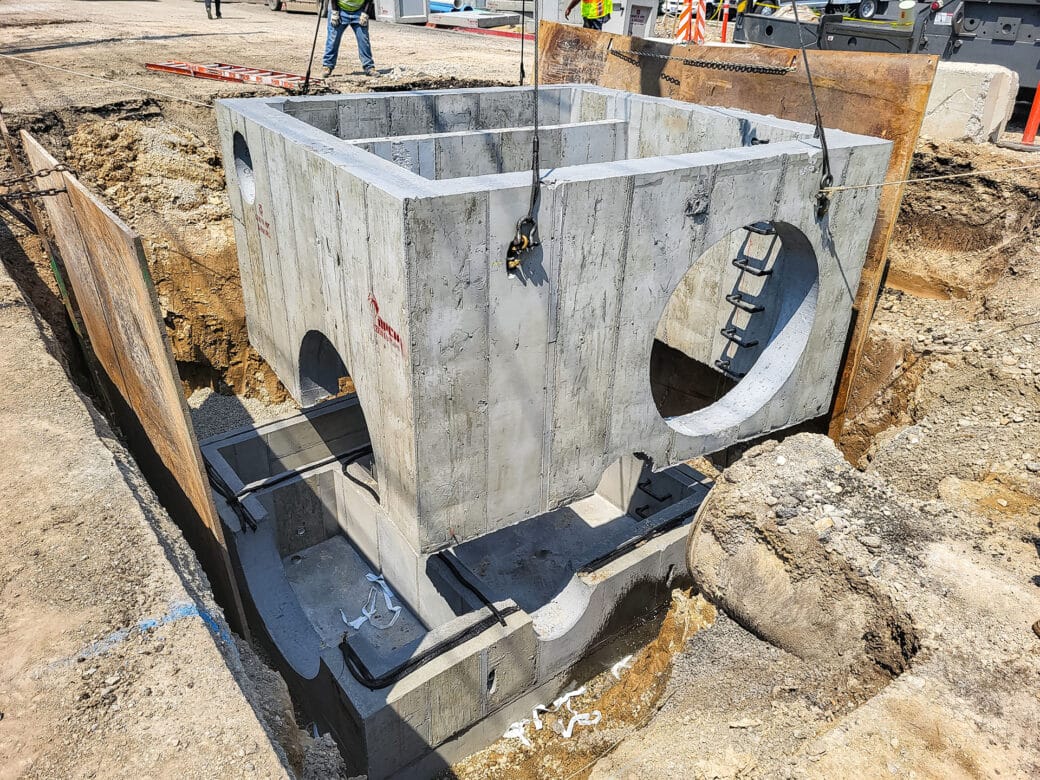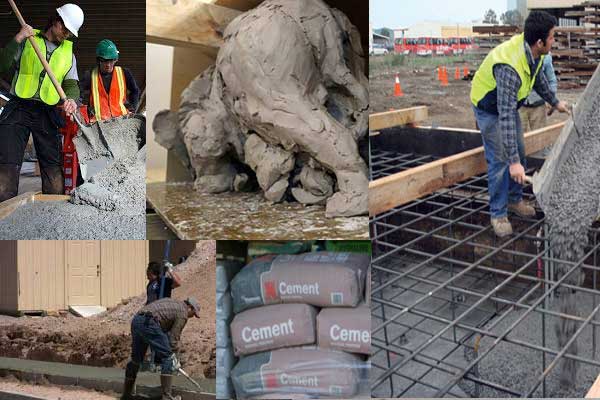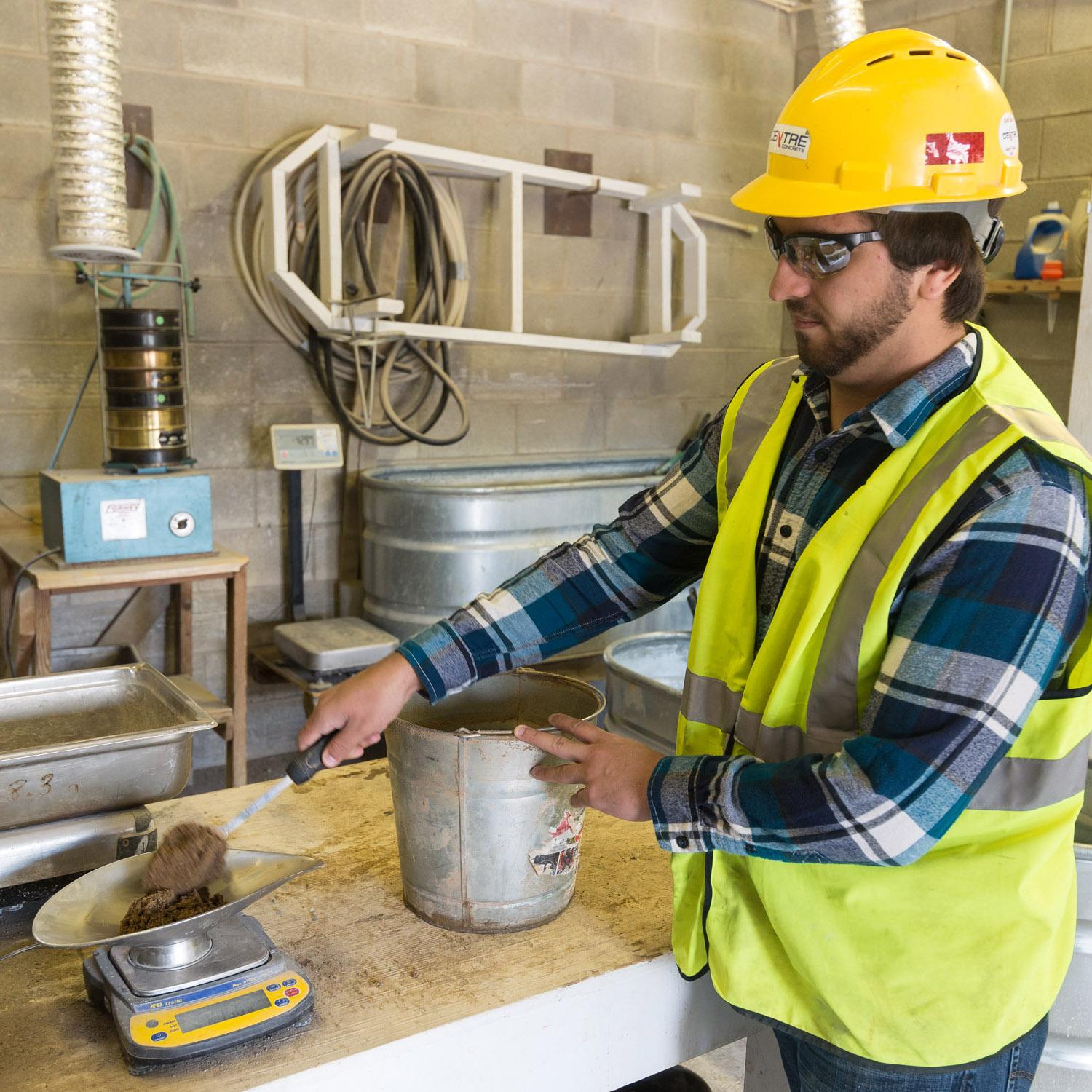Recognizing the Different Applications of General Engineering Concrete in Diverse Industries
When you consider the several methods general engineering concrete effects different markets, you'll discover its applications are both wide and important. From offering tough foundations for transportation networks to sustaining ingenious energy services, this product plays a key function fit our infrastructure. What about its influence on city development and environmental design? Discovering these facets can expose a lot even more than you could expect.
The Function of Concrete in Construction and Building Projects
Concrete plays a crucial role in building and structure jobs, making up about 70% of all materials made use of in modern-day frameworks. You'll locate it in structures, walls, and floors, providing strength and longevity. When you choose concrete, you're selecting a material that can withstand weather condition problems, stand up to fire, and assistance hefty lots. Its versatility permits different applications, from property homes to towering skyscrapers.Mixing concrete with additives can enhance its buildings, improving workability and setting times. You can likewise mold it into different forms, permitting for creativity in design. As you service your tasks, take into consideration the ecological advantages of making use of concrete, such as its capacity to minimize energy usage in buildings. Generally, concrete's reliability and adaptability make it a keystone of the building sector, making certain that structures are not just useful but likewise secure and long-lasting.
Framework Advancement: Roads, Bridges, and Tunnels
When it involves framework advancement, roads, bridges, and passages are critical parts that link communities and promote transport. You rely upon these structures daily, whether you're travelling to work or taking a trip lengthy distances. General design concrete plays a vital role in their building and sturdiness. Its strength and adaptability permit designers to create robust highways that stand up to rush hour and rough weather condition conditions.Bridges, frequently extending rivers and valleys, require particularly created concrete to guarantee security and longevity. Making use of reinforced concrete in tunnel building not just sustains considerable weight but likewise boosts resistance versus water seepage and ground activity.

Concrete in Transportation: Enhancing Movement and Safety
As you navigate via dynamic cities and country roadways, the function of concrete in transportation ends up being apparent, significantly enhancing both movement and security. Concrete's sturdiness guarantees that roadways, paths, and bridges stand up to heavy web traffic and severe weather problems. This durability minimizes the demand for constant fixings, keeping your trips smooth and reliable.In addition, the design adaptability of concrete enables innovative structures like walkways and tunnels, which properly minimize congestion and enhance web traffic flow. You'll observe that concrete surfaces additionally offer far better grip, reducing the chance of crashes in wet conditions.Moreover, using concrete in railways aids preserve security and safety for trains, making your trips much more reliable. In general, concrete's contributions to transport not just enhance your mobility but likewise considerably strengthen public safety, showing its vital duty in the infrastructure you rely on everyday.

Power Field Applications: From Nuclear Power Plant to Renewable Power
In the power industry, concrete plays a considerable role in the construction and procedure of nuclear power plant and sustainable energy installations. You'll locate it crucial for developing strong structures, supports, and control structures that withstand severe conditions. In thermal power plants, reinforced concrete frameworks ensure safety and sturdiness against high temperature levels and pressure. West Coast General Engineering commercial concrete.When it comes to renewable resource, concrete is critical for wind turbine bases, photovoltaic panel mounts, and hydroelectric dams. It gives the stability required to harness energy successfully. You might not recognize it, yet the concrete utilized in these applications is specially developed to meet certain efficiency requirements, like resilience and resistance to ecological elements
Cutting-edge Concrete Solutions in Environmental Engineering

The Effect of Concrete on Urban Development and Landscape Design
Concrete plays a necessary role in forming city development and landscaping, affecting whatever from framework sturdiness to visual appeal. When you consider cityscapes, concrete frameworks like bridges, roadways, and structures enter your mind, giving a sturdy structure for urban life. You'll notice exactly how properly designed concrete paths and plazas improve public rooms, making them more inviting and functional.In landscaping, concrete offers adaptability, enabling imaginative designs for outdoor patios, preserving wall surfaces, and decorative functions. You can develop special outside areas that mix flawlessly with nature while maintaining structural integrity. Additionally, concrete's capacity to withstand weather extremes guarantees longevity, decreasing the need for frequent fixings.
Future Fads and Advancements in General Design Concrete
As city landscapes advance, the need for cutting-edge concrete remedies is driving developments in basic engineering. You'll discover patterns leaning in the direction of green products and sustainable practices. Scientists are focusing on developing high-performance concrete that decreases environmental effect without compromising strength.Next-gen additives and blends, like recycled accumulations and bio-based products, are getting traction, boosting durability West Coast General Engineering industrial concrete and reducing carbon impacts. Smart concrete technology is also arising, integrating sensing units that check structural health in real-time, allowing for positive maintenance.You might locate that 3D printing with concrete is ending up being much more sensible, making it possible for complicated designs and faster construction timelines. In addition, the integration of self-healing concrete gets on the rise, making sure long life and decreasing fixing expenses.
Regularly Asked Concerns
What Are the Ecological Impacts of Concrete Production?
Concrete production generates considerable carbon emissions, takes in water, and diminishes natural deposits. You can minimize these effects by discovering sustainable options, maximizing mix styles, and including recycled products to lower your environmental impact and boost sustainability.
How Does Concrete Contrast to Various Other Building Materials?
Concrete's sturdiness and toughness typically outperform products like timber and steel. It's versatile, economical, and energy-efficient, yet its ecological influence can be considerable. You'll wish to consider these factors when choosing structure products.
What Are the Various Kinds of Concrete Available?
There're numerous kinds of concrete readily available, consisting of criterion, strengthened, high-strength, lightweight, and decorative. Each type offers details objectives, so you can choose the one that ideal fits your task's requirements and demands.
Exactly How Is Concrete Recycled and Recycled in Building?
You can recycle concrete by crushing it right into aggregate, which you then recycle in brand-new building projects (West Coast General Engineering concrete foundation Rancho Cucamonga). This process reduces waste, lowers expenses, and minimizes the ecological influence of sourcing new materials for your builds
What Precaution Are Needed When Functioning With Concrete?
When collaborating with concrete, you ought to put on protective equipment, like gloves and safety glasses, guarantee correct ventilation, and use secure lifting strategies. Always adhere to safety standards to avoid injuries and keep a safe working atmosphere.